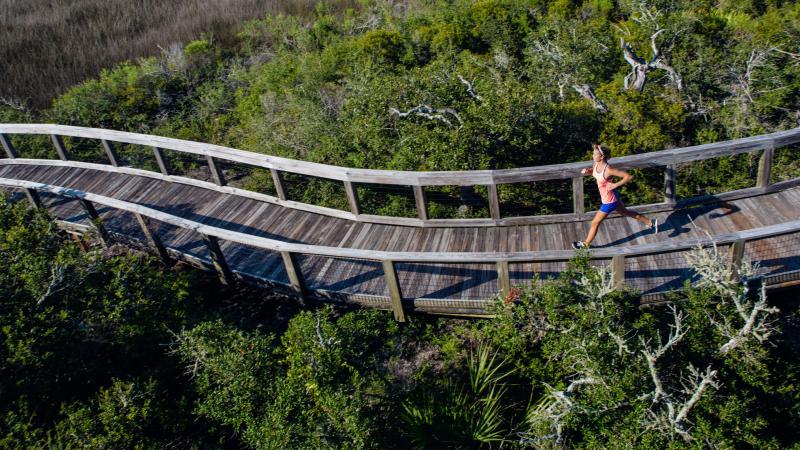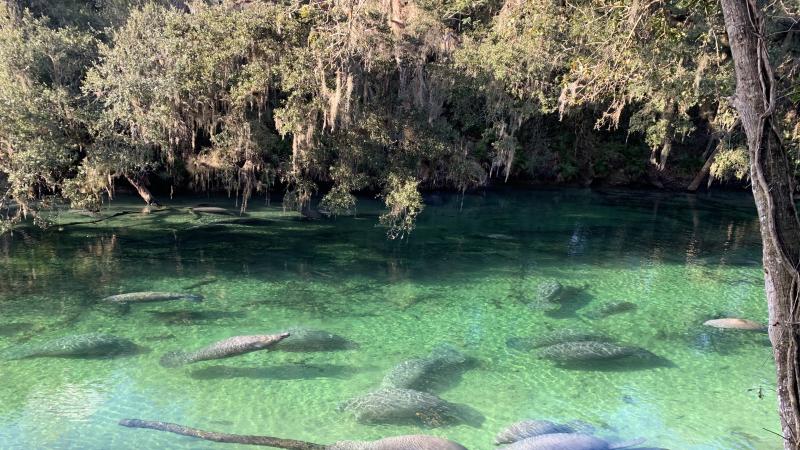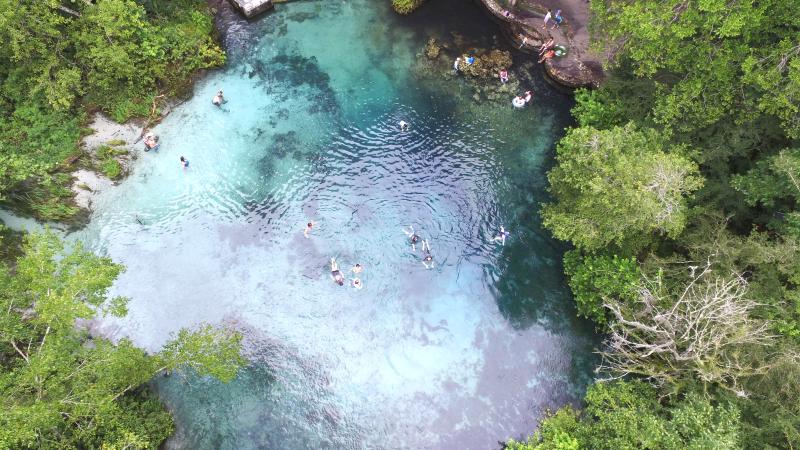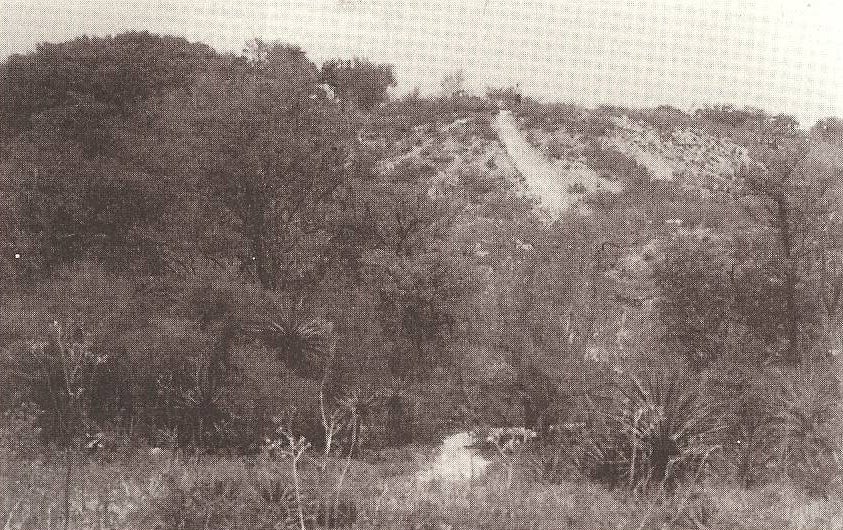
The Calusa Native Americans
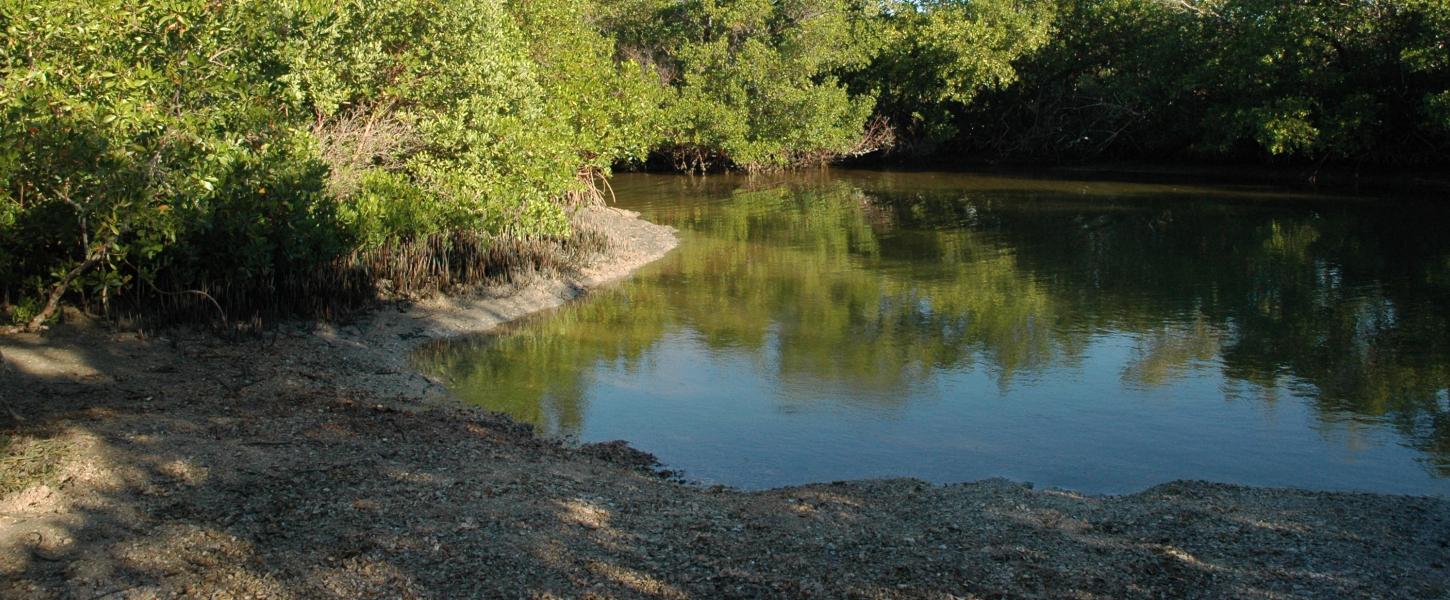
Mound Key Archaeological State Park is a shell midden mound in the Estero Bay that is estimated to have been inhabited over 2,000 years ago. The first people to live on the island were the Calusa Native Americans, who were known as a fierce people. It is documented that their power and influence extended over several other tribes in the area. It is said that they even held dominance over tribes on the east coast of Florida, despite them being on the southwest side of the state. Being on the coast, they relied heavily on fishing and hunting as main sources of food. There is evidence that they did gather wild berries, roots and nuts to supplement their diet, but did not engage in many agricultural endeavors.
Mound Key is believed to have been the capital town of the Calusa. The mounds that they built were made up of shells, bones and pottery. While these mounds were originally thought to simply be a place to discard their trash, research has found that these mounds also served as territory markers and burial memorials. Other remains, such as wood carvings, have also been found on the island, giving further insight into the culture of the Calusa.
In the early 16th century, the Spanish encountered the Calusa and attempted to convert them to Catholicism. But the Calusa resisted conversion and attacked many of the explorers who entered their territory. Unfortunately, the Spanish brought with them diseases that the Calusa were not immune to and by the 1760s, disease and warfare had wiped out the Calusa people.
Additional research has since been conducted revealing information about their beliefs, language, and everyday lives. This impressive tribe truly helped shape the land and influence the history of not only Mound Key Archaeological State Park, but the state of Florida.

